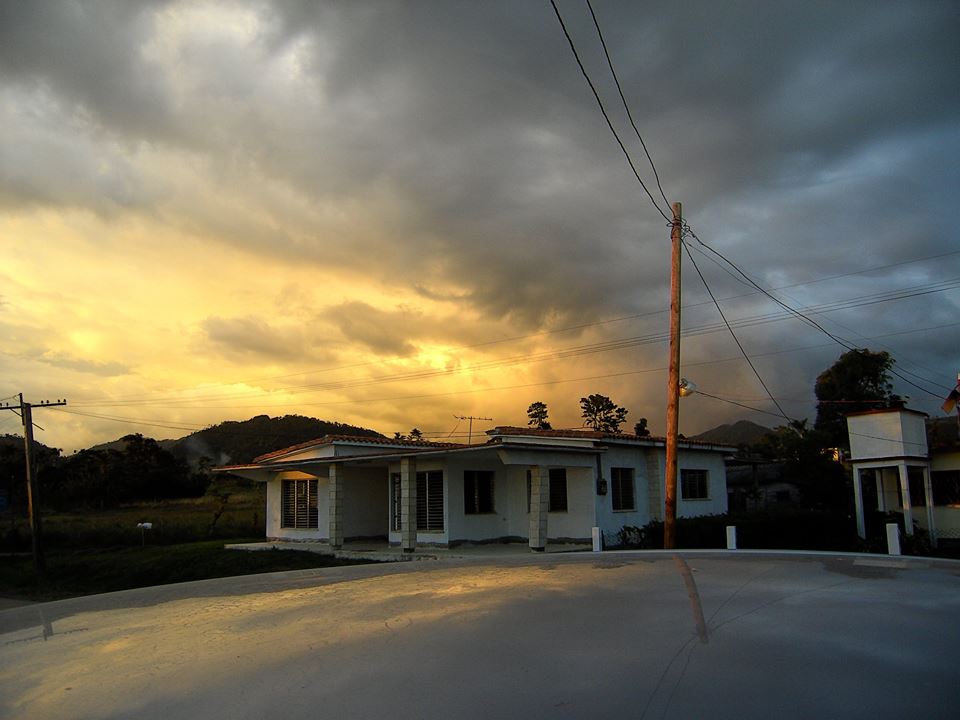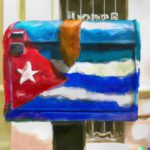Letztes Update: 24. May 2021
You can’t always rely that there are 200 days of sunshine – sometimes it rains cats and dogs. Or worse, you get Hurricanes!
The weather in Cuba does is not always shine for us. When we were in Havana for the summer school in September 2019, we had terrible weather with lots of rain. And when I mean rain, I don’t mean the few drops that come down here in Germany but more like running through a wall of water. There are not only rain showers in Cuba but also thunderstorms of the finest.
Surprisingly fast wet…
Unlike in other tropical countries, there is no specific time for rain, the rain just comes as it pleases. And that can be very fast. When the first few drops start to fall, you should take the precaution and look for shelter. It has happened to us that 30 seconds after the first drops, we were soaked as if we had just risen from the sea.
Small note: trees do not help! First of all, the rain is so heavy that the leaves are no more than fig leaves 😉 and secondly, the wind often adds to the rain, which then blows the rain directly into your face – like the water bucket in the Fishermans Friend ad! Umbrellas don’t help there either, of course 😉
When the storm starts…
When the thunderstorm starts, it mostly looks like this video, which I filmed from my Casa opposite the Hotel Habana Libre. You can see the storm rages – at the beginning, it gets white for a short time, then a lightning bolt strikes from the sky. You won’t see a soul on the streets, nor any cars – Calle L is one of the busiest streets in Havana, but it is empty in this weather. Well, not all car tops are closed 🙂
Streets as rivers…
Speaking of roads: in such apocalyptic rains, roads quickly turn into rivers – encouraged by the mountainous nature of Havana. Water wants to go to the water – and if you have to cross a road in between, you’ll be lucky if you happen to be wearing flip-flops because they dry faster 😉
The sounds of the thunderstorm
The weather is closer to you in Cuba because the clouds hang lower. This not only looks good in photos but also makes thunderstorms more spectacular. When lightning and thunder are closer, it might make you jump 😉 The same happens to the cars – a typical noise during thunderstorms are triggered alarm systems that react to the thunder! It’s just so loud!!!
Average rainfall
Also in Cuba, it rains much differently in different months, here is an overview for you so you can prepare. The precipitation ranges from 44 mm in March to 177 mm in October.
- January: 64 mm
- February: 54 mm
- March: 44 mm
- April: 59 mm
- May: 118 mm
- June: 177 mm
- July: 124 mm
- August: 133 mm
- September: 166 mm
- October: 175 mm
- November: 76 mm
- December: 54 mm
And after that, vain sunshine 😉

But as fast as the thunderstorm comes, it leaves just as fast. And after that? Does the sun shine again as if nothing had happened – well, it is of course extremely humid and muggy – a thunderstorm in Cuba does not cool the temperature down!
But you can’t see that in pictures! Wouldn’t you immediately exchange your home country weather for Cuba’s weather? With or without thunderstorms???
Many greetings from Berlin,
Dietmar
If you like Cuba pictures, you can also follow us on Instagram or Pinterest!










